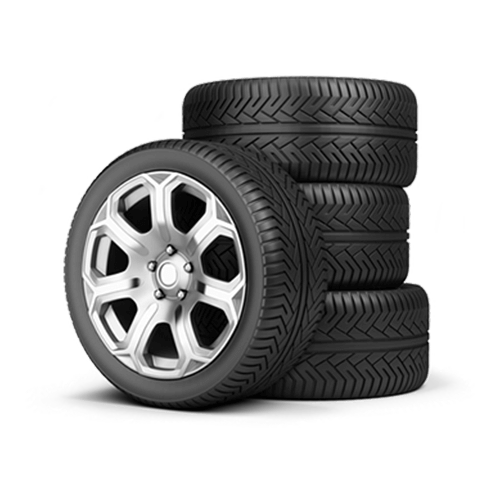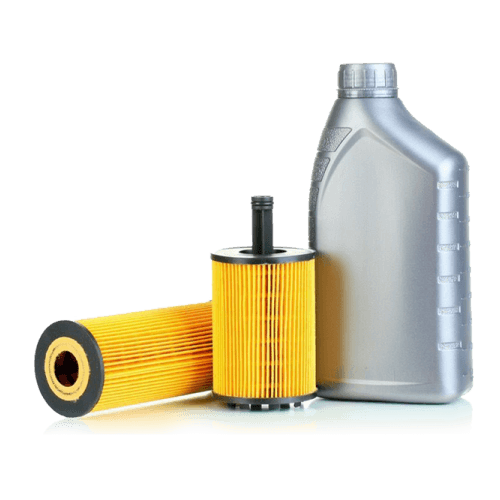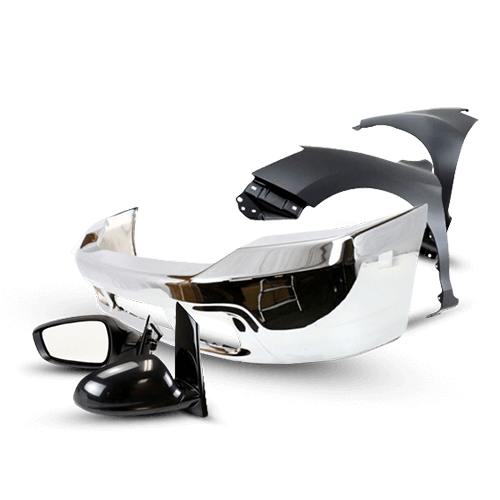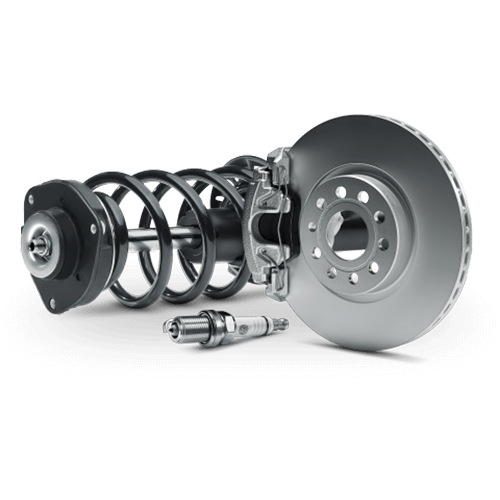
Fixes for sucking up debris into your jet ski
Jet skis offer numerous advantages, including reduced risk of propeller-related accidents and the absence of spinning props that could cause injury. However, it's essential to be aware of potential risks and know how to handle certain situations to ensure the longevity and safe operation of your watercraft.
Preventing Intake Issues
A jet ski possesses powerful suction that can draw in various objects present in the water, such as rocks, sticks, sandals, and more. To minimise the chances of getting sucked into your jet ski, follow these guidelines:
- Turn off the engine immediately: If you suspect that an object has been sucked into the watercraft, switch off the engine to prevent further damage.
- Avoid flipping the jet ski: Resist the urge to flip the watercraft in an attempt to dislodge the stuck material. Instead, gently shake the machine from side to side to check if it comes loose.
- Refrain from removing parts underwater: While there may be an intake underneath the watercraft that provides access to the pump for cleaning, it is best to leave any underwater repairs to professionals. Attempting to remove parts underwater can potentially cause more harm than good and may void warranty coverage.
Mitigating Risks
Certain precautions can help minimise the risk of damage to your jet ski and ensure safe operation:
- Consider using an impeller protector, such as a shock tube, to prevent tow ropes from getting caught in the impeller.
- Avoid operating your Sea-Doo jet ski in water shallower than three feet. Rock the craft gently from left to right before starting the engine to remove any debris.
- Always switch off the engine before reaching land to prevent damage while beaching the watercraft.
- Refrain from revving the engine in reverse while unloading from a trailer, as it can lead to unintended damage. Use idle speed when manoeuvring in areas other than loading ramps or no-wake zones.
- Keep an eye out for shallows and be mindful of low water levels, especially after severe storms when debris may be present in the water.
Jet skis offer exciting water adventures, but it's crucial to prioritise safety and take necessary precautions to prevent damage and handle potential issues. By following these guidelines, such as turning off the engine, avoiding unnecessary manoeuvres, using protective accessories, and practising situational awareness, you can ensure a safer and more enjoyable experience with your Sea-Doo. Remember, responsible jet ski maintenance and operation are key to prolonging the life of your jet ski and maximising your enjoyment on the water.





















































